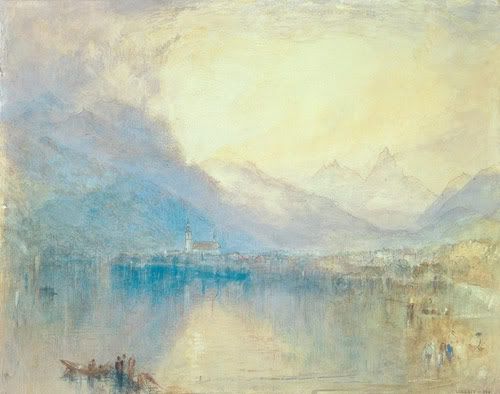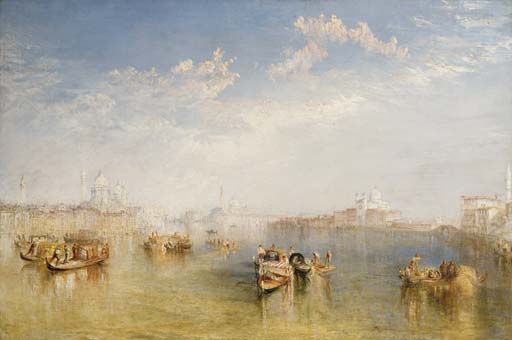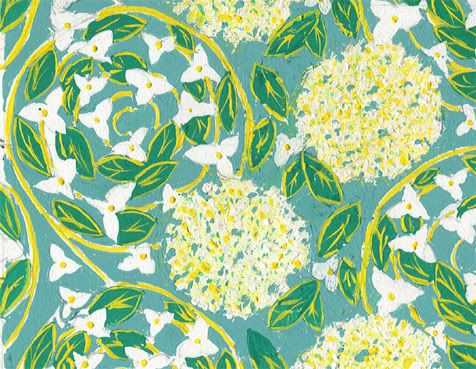 |
in many of this Fall's fashion magazines.
Blumarine is the core brand of the Italian fashion house Blufin.
---------------------------------------------------------------------------
Analysis of the above photograph
- The woman has a slinky, elongated snake-like form
- She moves in a sinewy way, like a snake
- The snake skin skirt and jacket appear like her second skin
- Although the rest of her body is sheathed in the snake skin, her legs remain uncovered, as though they are the seducing, human female elements.
- She has strange, colorless eyes like a snake's
- Her handbag has undulating ruffles, mimicking snake tongues
- Her long pony tail swerves from side to side, like a snake's body, or a snake's tongue
- The leopard fur vest she is wearing only enunciates her feline femininity
(More of Blumarine's animal, and snake, prints here).
---------------------------------------------------------------------------
Snakewoman: Eve Revisited
Fashion has always been fascinated with animal print. I think it stems form man's primordial need to subjugate and control his environment. It is of course man who often subdues the wild. Then, he adorns his woman with parts of these fallen creatures, (or gives her the raw material to convert to nutrition for him and their off spring). And woman obliges and shows her status and importance through the conquests of her man.
But when woman herself gets close to wild beasts, the result is calamity - from her inability to confront and destroy the dangerous creatures, to her succumbing to their seduction, as happened to Eve. And I believe that often when woman is corrupted into wrongdoing (as in Eve's seduction by the serpent), man is sure to follow. Evil is perhaps a form of seduction for man.
Above is an ad for a fashion label Blumarine (now in many of the fall fashion magazines). There are so many things strange with this image, one of which is that the model is slowly converting to, or merging with, a serpent.
The actress Nastassja Kinski once posed naked with a snake undulating around her body. But this image still left woman intact - she was only interacting with the snake (albeit, very provocatively). Could Blumarine's Snakewoman be the offspring of this strange union? In the Blumarine fashion photo, she seems to be a newly formed creature: the ultimate, dangerous seductress. In this mature age of feminism, this is probably the kind of "woman power" images we should expect. Woman, in all her vanity, wants to use all her feminine guile to seduce and control man. She will no longer wear (or no longer need to wear) those ugly, masculine power suits which barely lasted a generation, and which gave her only minimal entry into man's domain (contrary to what feminists say). A more effective gear is one that enunciates her femininity, and swathes her in the best of Vogue's fashions. Still, look what happened to Eve, and to Adam.










